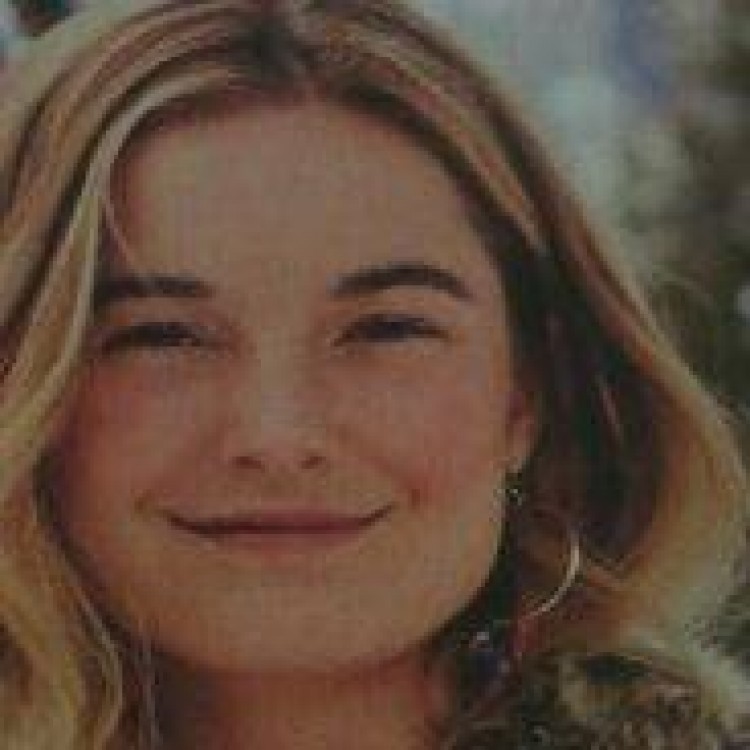Teenage immigrant Emma Goldman had escaped from Russia in 1885 after witnessing the wholesale slaughter of the idealist political rebel anarchists who called themselves the Nihilists. Two years later in America, the young woman “born to ride the whirlwinds” as someone once said, saw it happen again with the new trial and killings of the Haymarket anarchists who had opposed Chicago’s power elite. Rather than scare her off the politics of idealism forever, young Emma was drawn even more toward the kind of political passion that risked death for principles. She “devoured every line on anarchism I could get,” she notes in her autobiography Living My Life, “and headed for New York City, command central in the 1890s for radicals of many stripes.”
“I devoured every line on anarchism I could get and headed for New York City”—Emma Goldman
In New York, Emma met one of the anarchists whose writing she’d been devouring, Johann Most, who encouraged her to develop her gift for public speaking. Emma worked as a practical nurse in New York’s ghettos where she saw the price women paid for want of any birth control. Soon she was taking to the soapbox to air her views on this lack of available contraception and the resulting reliance on back-room abortions: “Thanks to this Puritan tyranny, the majority of women soon find themselves at the ebb of their physical resources. Ill and worn, they are utterly unable to give their children even elementary care. That, added to economic pressure, forces many women to risk utmost danger rather than continue to bring forth life.” Her campaign reached the ears of Margaret Sanger and influenced the development of a national birth control campaign.
But birth control was only one of her bailiwicks; what she was really advocating was anarchism: a classless, governmentless society made up of small groups in free, humanistic cooperation with one another. She had a tremendous gift for verbal rhetoric. Nicknamed “Red Emma,” she traveled the United States lecturing—often six months of the year five nights a week—making frequent stops at Mabel Dodges’ infamous salon, and publishing her monthly magazine, Mother Earth, a vehicle for her twin concerns of women’s liberation and the rights of the working class. Reporter Nellie Bly was delighted to note that “Red Emma” was very pretty “with a saucy turned up nose and very expressive blue-gray eyes…(brown hair) falling loosely over her forehead, full lips, strong white teeth, a mild, pleasant voice, with a fetching accent.”
In 1893, she was jailed for a year for exhorting a crowd of unemployed men who believed “it was their sacred right” to take bread if they were starving. Later she came to believe that the ends do not always justify the means, and she repudiated violence as a tool to create change. She continued to mesmerize crowds with her impassioned speeches until 1917 when her opposition to World War I led to a two-year imprisonment. She was subsequently deported, the Justice Department fearful of allowing her to continue her antiwar campaign: “She is womanly, a remarkable orator, tremendously sincere, and carries conviction. If she is allowed to continue here she cannot help but have great influence.”
She continued to exercise influence from abroad; in 1922 Nation magazine proclaimed that she was one of “the twelve greatest living women.” She was allowed back into the country after her death when the government decided that her silenced corpse posed no risk, and she was buried in Chicago with the Haymarket martyrs.
“The more opposition I encountered, the more I was in my element and the more caustic I became with my opponents.”—Emma Goldman
This bio of Emma Goldman was taken from The Book of Awesome Women by Becca Anderson, which is available now through Amazon and Mango Media.


